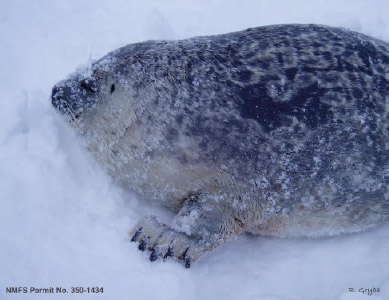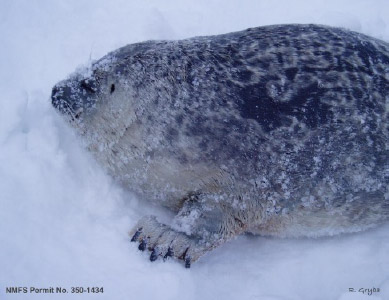The Department has a long history of research and collaborations in Environmental Statistics and in Spatial Statistics, beginning with Jim Zidek's pioneering work with the United States Environmental Protection Agency. Since that time, faculty have been involved in many research projects, such as the development of statistical techniques for the analysis of air pollution data to study concerns such as public health issues and global climate models, as well as collaboration with marine mammal biologists to study locations and behaviour via continuous-time tracking devices.
Recent Highlights


Modelling Killer Whale Behaviour with Hidden Markov Models
M. Auger-Méthé, N. Heckman
Biologgers used to understand animal movement produce large data sets of time series data, exhibiting complicated dependence structures that cannot be modelled using common methods in functional data analysis. In recent work awarded Best Paper by the Canadian Journal of Statistics, Professors Auger-Méthé and Heckman, along with student Sidrow, have developed a hierarchical approach to modeling this data, where each trace is defined by a fine-scale model that may involve autoregression and moving-window summary statistics or Fourier analysis. The team has applied their framework to modelling the fine-scale kinematic movements of a northern resident killer whale (Orcinus orca) off the western coast of Canada.

Incorporating Indigenous Knowledge in Habitat Selection Functions
M. Auger-Méthé
Indigenous Knowledge can provide a holistic understanding of species' habitat use, as it contains observations of multiple species across seasons and includes animals' complex relationships with other species and habitats. Professor Auger-Méthé, with student lead-author Gryba, have recently collaborated with Indigenous Knowledge holders of Utqiaġvik, Alaska and the North Slope Borough Department of Wildlife Management to co-produce an approach to translate Indigenous Knowledge of relationships between local species and their habitats into a format compatible with 'Western' scientific frameworks (a process that the authors acknowledge can be extractive). The authors applied their approach to a case study on ringed seals, whose critical habitat has previously been debated. Given that Iñupiat hunters observe ringed seals across seasons and throughout the region, the knowledge they shared with the authors provided detailed information about ringed seals' relationships with different habitats and environmental variables.
